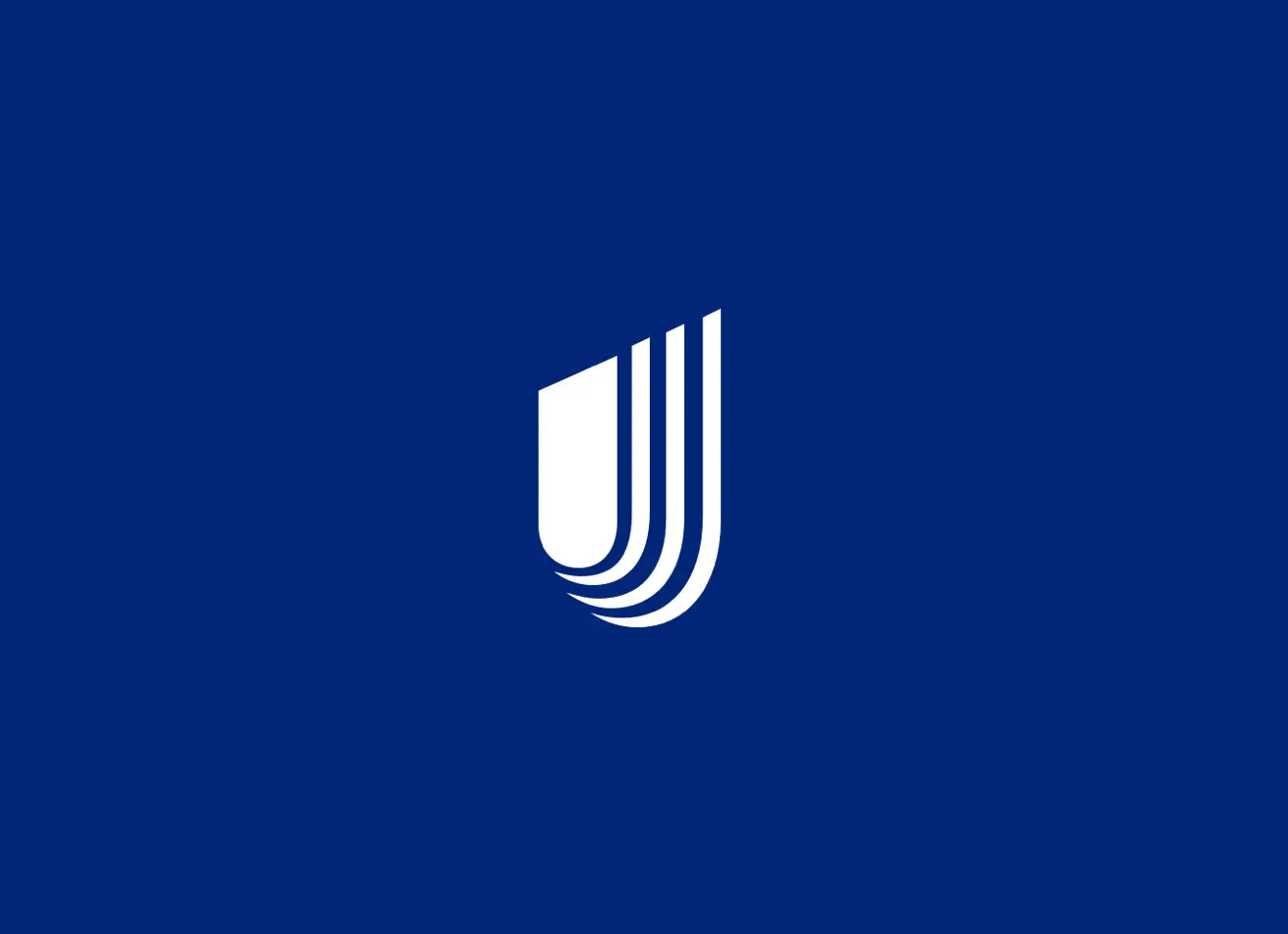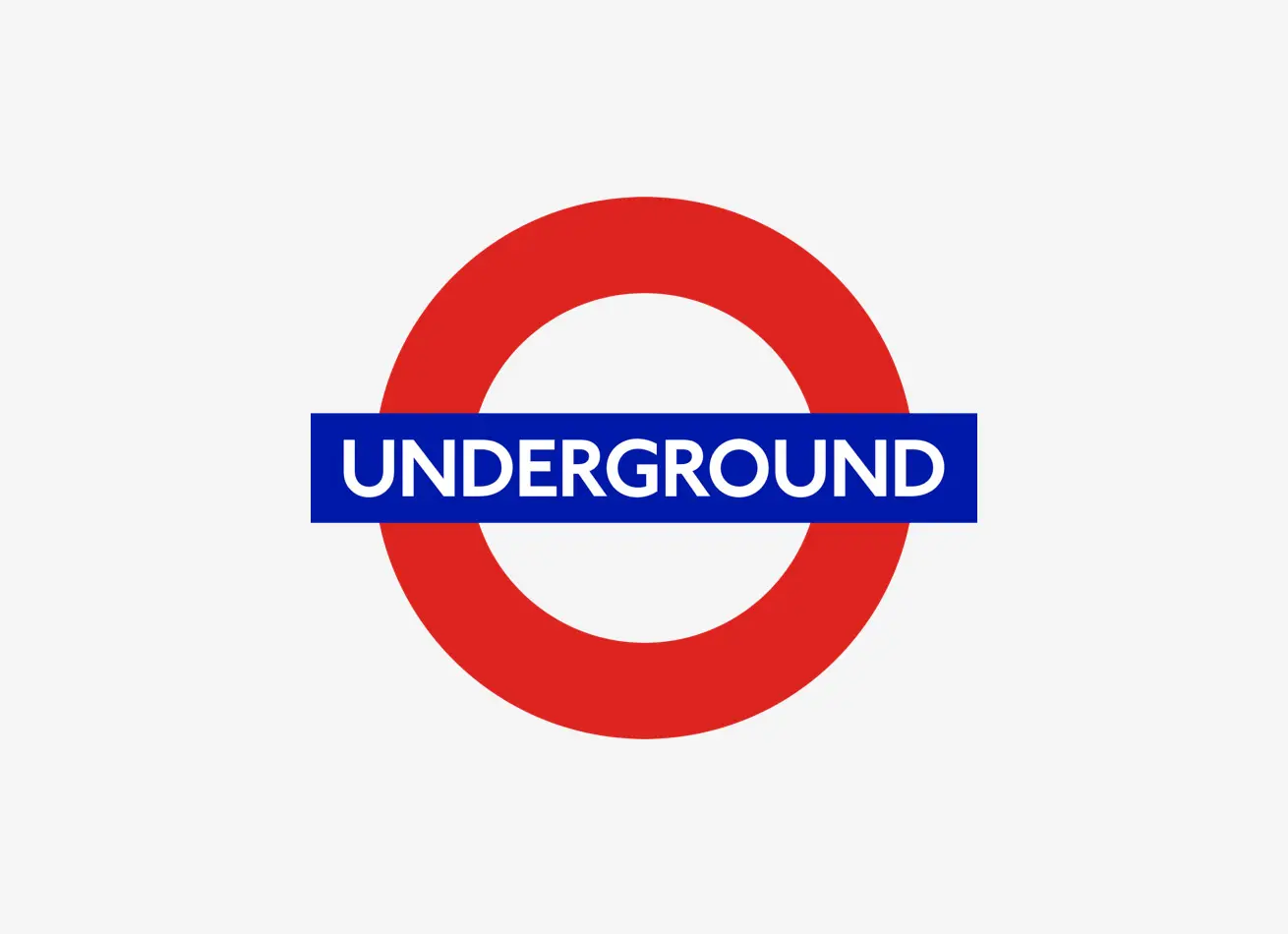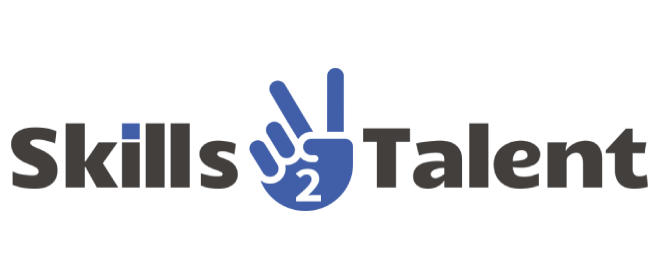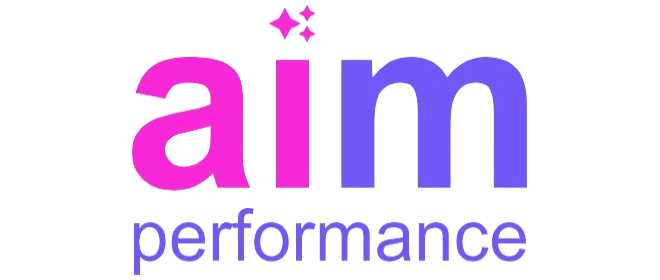Efficient onboarding is critical for organizations employing a blue-collar workforce. By leveraging performance management systems (PMS), companies can not only reduce onboarding time but also ensure new hires are productive faster.
Accelerating Orientation Through Structured Goal Setting
A structured onboarding process helps new employees quickly understand their roles. Performance management systems enable organizations to define clear goals for each position, ensuring that new hires grasp their responsibilities from day one. When expectations are clearly outlined, it eliminates confusion and sets the tone for a productive start.
Moreover, PMS frameworks like OKRs (Objectives and Key Results) or SMART goals can simplify the process by aligning individual objectives with organizational priorities. This goal alignment fosters a sense of purpose in new employees, motivating them to perform effectively right from the beginning.
Leveraging Digital Tools for Seamless Knowledge Sharing
Modern PMS platforms offer digital learning tools, such as onboarding modules, video tutorials, and quizzes, that reduce the need for lengthy in-person sessions. These resources are accessible through mobile apps, making it easier for employees to learn at their own pace.
Additionally, digital tools ensure that training materials are standardized and consistent. This eliminates variations in training quality, especially in geographically dispersed teams, and reduces the time significantly.
Personalized Training Programs for Rapid Skill Development
Performance management systems can analyze a new employee’s existing skills and identify gaps that need attention. Using this data, HR can create tailored training programs that focus only on what the employee needs to learn, rather than a generic approach.
Furthermore, personalized programs are more engaging for employees, increasing the likelihood of skill retention. This focused training enables quicker adaptation to the workplace environment and minimizes the time spent in the onboarding phase.
Tracking Onboarding Progress with Real-Time Feedback
Real-time feedback is a hallmark of effective performance management systems. By tracking a new employee’s progress during onboarding, managers can quickly identify areas that need improvement and provide corrective guidance immediately.
This immediate feedback loop not only helps employees stay on the right track but also fosters a culture of continuous improvement. When employees feel supported and guided, they are more likely to adapt swiftly, reducing the overall onboarding duration.
Streamlining Communication Channels
Clear communication is essential during onboarding. PMS platforms often include messaging tools or dashboards that connect managers, HR, and employees in one centralized system. This eliminates delays caused by fragmented communication.
With streamlined channels, new hires can easily clarify doubts, receive updates, and collaborate with colleagues. Efficient communication ensures that tasks are completed promptly, accelerating the transition from a newcomer to a fully integrated team member.
Automating Onboarding Administrative Tasks
Performance management systems can automate repetitive administrative tasks, such as document submission, compliance training, and payroll setup. Automation eliminates delays caused by manual processes and allows HR teams to focus on more strategic aspects of onboarding.
By reducing the burden of paperwork and repetitive activities, companies can help employees concentrate on learning and adapting to their roles, cutting down time significantly.
Creating a Culture of Engagement from Day One
A robust PMS fosters a culture of engagement, starting from the onboarding phase. When new hires are introduced to recognition programs, team-building activities, and performance tracking systems, they feel valued and included.
Engaged employees tend to acclimatize faster because they are motivated to contribute. This engagement creates a positive experience for new hires, helping them become productive team members sooner.
Analyzing Data for Continuous Onboarding Improvement
One of the biggest advantages of using performance management systems is their ability to provide actionable insights. By analyzing onboarding data, HR teams can identify bottlenecks and implement improvements to make the process more efficient.
Regularly refining the process based on data ensures that new hires can be integrated even faster in the future. This commitment to continuous improvement benefits both the employees and the organization in the long run.
Enabling Peer Support and Mentorship
PMS platforms can facilitate peer support programs by pairing new hires with experienced team members. Mentorship accelerates the learning curve by providing guidance on practical aspects of the job that may not be covered in formal training.
Having a go-to person for questions builds confidence in new hires and reduces the dependency on managers for onboarding. This collaborative approach significantly shortens the time it takes for new employees to reach their full potential.
Conclusion: Building a Faster, Smarter Onboarding Process
Performance management systems are indispensable for organizations looking to optimize their onboarding process for blue-collar workforce. From automating tasks to fostering engagement and personalizing training, these systems provide the tools needed to reduce onboarding time while maintaining quality. As a result, companies can benefit from a workforce that is aligned, skilled, and ready to perform in record time.











Companies often neglect to have written standards and policies around their cybersecurity. Why? Because dozens of them are usually needed, covering everything from equipment management to backup procedures, admin credentialing, remote work policies, and so much more. But it’s well worth the effort.